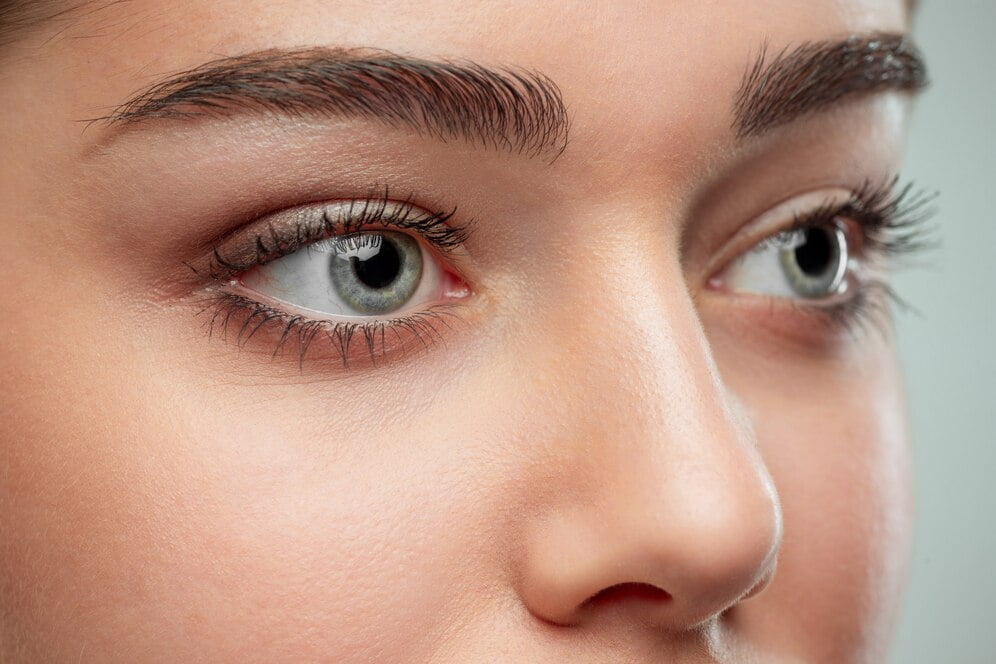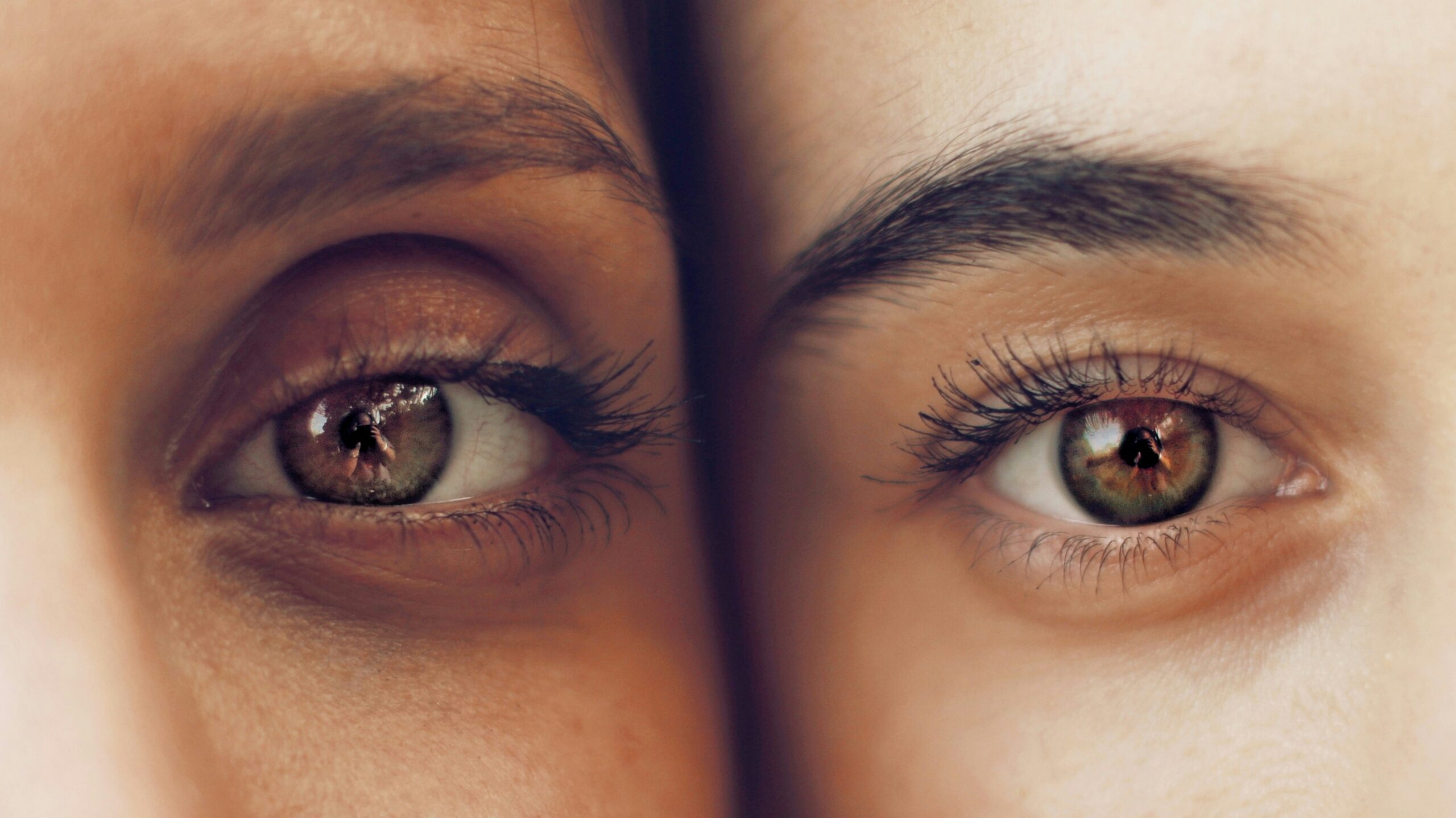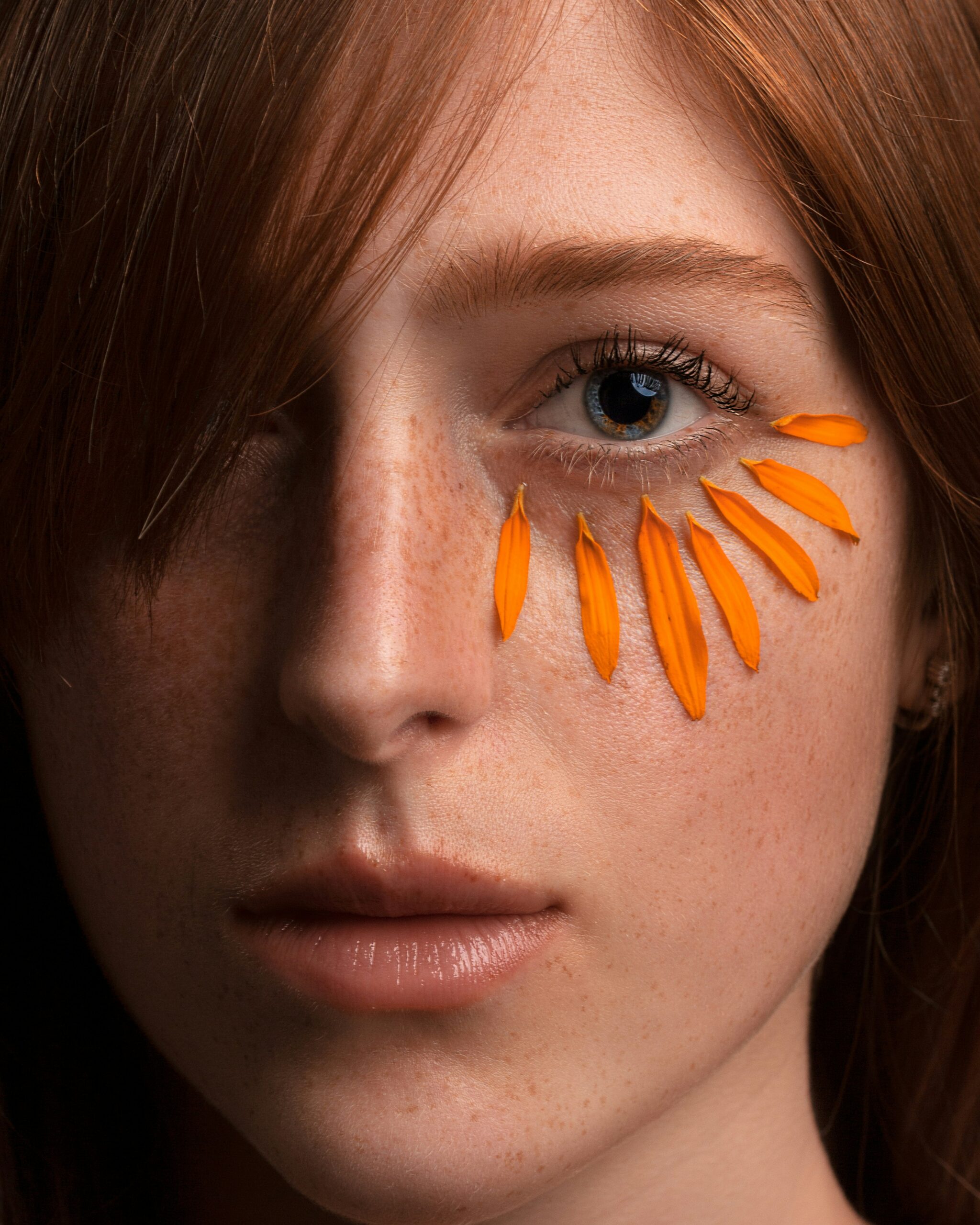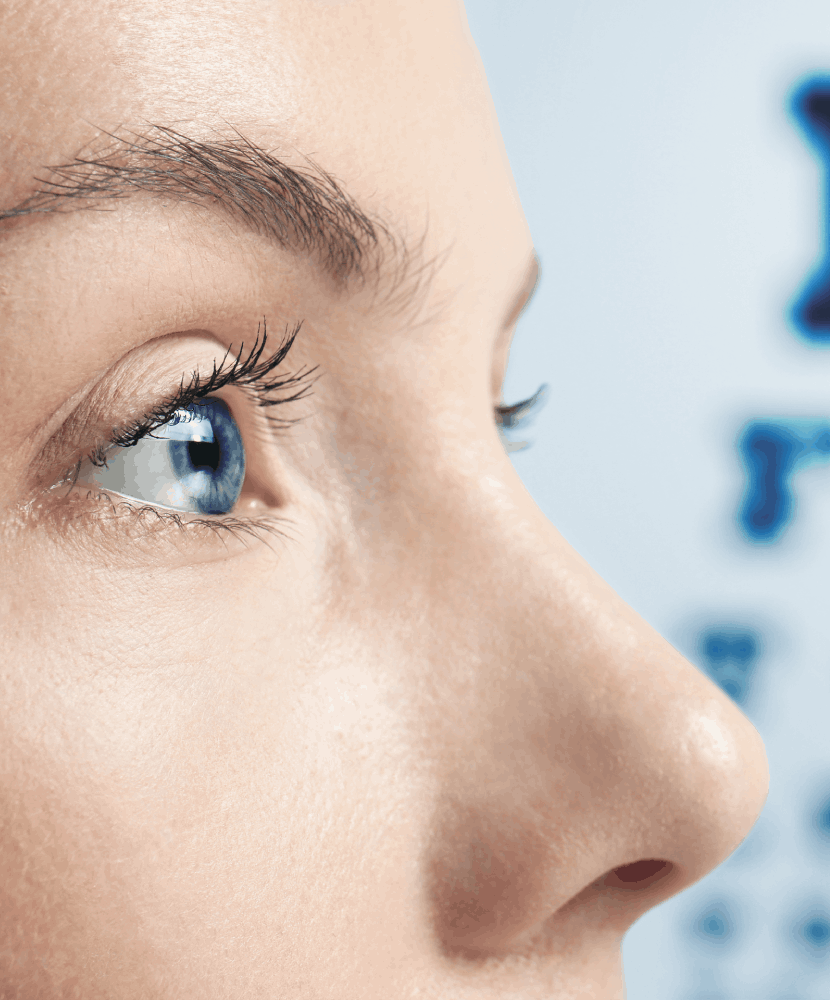Which Type of Surgery Is Best for Me?
Your specialist will assess your specific situation and needs and work with you to determine the most appropriate form of watery eye treatment. Often, endoscopic DCR is recommended because it has the same result as a traditional DCR, but without any visible scarring. It also boasts a high success rate of around 85%.
However, depending on how severe your epiphora is, other options may be explored. Lester Jones surgery might be needed to essentially bypass the blocked drainage channels and form a new, reliable drainage system to take tears away from your eyes. Your specialist will be able to talk you through the exact nature of the procedure they decide will produce the best results and answer any questions you have about it.
Before the Procedure
Your specialist will advise you on steps and recommendations to follow in the build-up to your procedure. In most cases, patients are encouraged to avoid certain painkillers – aspirin and ibuprofen – in the days leading up to surgery and not eat or drink in the six hours prior to their appointment. You should also arrive around one to two hours before surgery time for final checks and consultations.
If you’re having a DCR procedure, note that it may last up to 90 minutes and can involve the use of either general or local anaesthesia. This helps to ensure that you experience minimal pain and discomfort.
Aftercare – What Is the Recovery Process Like?
Proper aftercare is essential to hasten and simplify your recovery after surgery. It’s important to get plenty of rest, especially in the immediate hours after the procedure as the anaesthetic wears off. Depending on your age and health condition, you may be discharged the same day or need to spend a night under observation before going home.
You shouldn’t drive after the surgery, so arrange for a friend or family member to take you home, and avoid using heavy machinery, taking sedatives, or consuming alcohol for at least the first 24 hours. It’s also wise to avoid any hot foods or drinks for that first day, as they could trigger bleeding around the surgery site.
As for recovery times, it can take several weeks (up to six, on average) for full healing. You may experience some swelling and bruising around the affected area during that time. You’ll have a follow-up appointment a week or two after the operation to track your progress, and if you had an external DCR, your stitches will be removed at this point.
Watery Eyes Treatment in London
Experience the benefits of cutting-edge medical technology and the warmth of personal tailored care at our London watery eyes treatment clinic.



